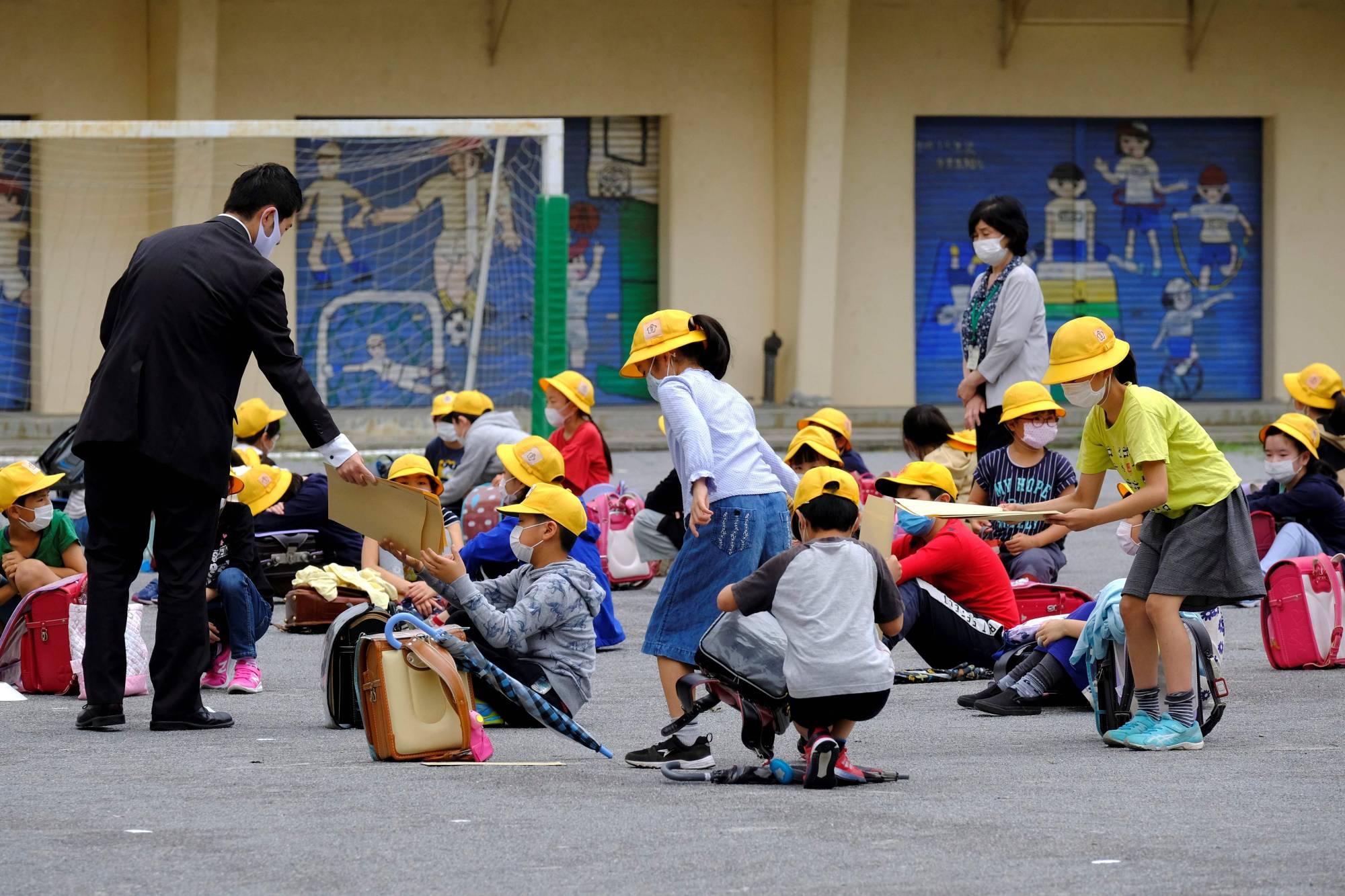The government on May 25 lifted the state of emergency declared over COVID-19 as the number of new infections with the novel coronavirus decreased to mere dozens per day. While the risk of the second wave is imminent, it seems that Japan, to a large extent, has successfully minimized COVID-19-related deaths without introducing a strict lockdown or a broad testing policy during what is considered to be the first wave of the pandemic. How was this possible?
The success in this first phase was largely underpinned by a proper understanding of the transmission dynamics through identifying clusters — groups of infected people from a single source — by finding case links through investigations by local public health centers.
Together with the medical staffs in local hospitals nationwide, the more than 25,000 public health workers at public health centers in all 47 prefectures who tracked down the infection routes are considered to be unsung heroes who successfully contained the threat posed by the virus.



